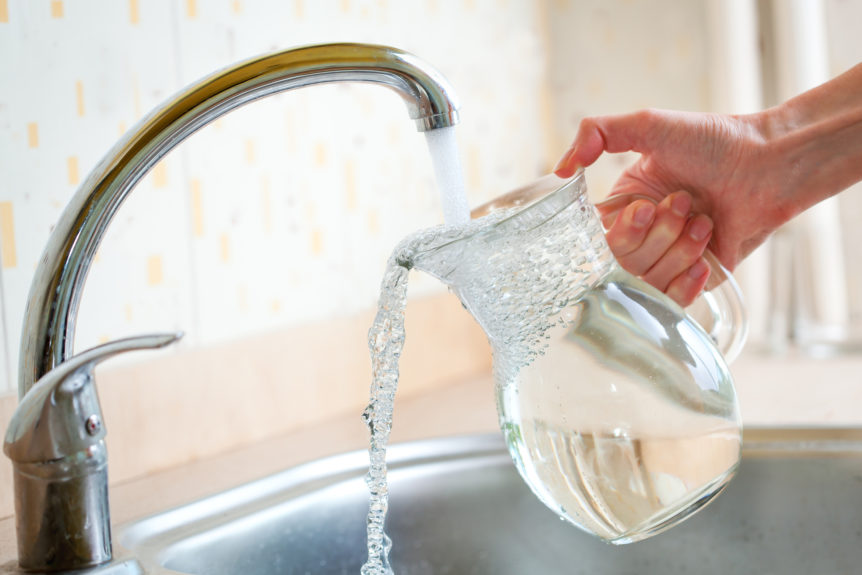There are up to 30 million cases of illness linked to waterborne bacteria and contamination documented every year. Having clean water at your worksite, commercial building, or residential center is essential to good health. In order to keep your water clean and safe, you need to implement a few simple backflow prevention testing practices.
Backflow can happen in a couple of ways. If there is a lot of pressure coming from a drainage line, you could have water pushed back up into your lower-pressure system. When there is negative pressure or a partial vacuum in the pipe, this could draw water back into the system and contaminate your water lines.
If you want to avoid illness or legal ramifications, you should engage in regular backflow prevention testing. Here are the 5 facts about what backflow prevention entails.
1. You Need to Check Your Connections
Your first step needs to be to find every cross-connection (two pipe systems crossed, for example water and sewage) in your system. Examine them when you find them and see if you find any signs of backflow. If backflow is occurring, it means these two systems have begun to exchange fluids.
If you’re not experienced with this, a certified professional or a representative from your local water purveyor should be able to help locate any potential cross-connections. Finding obvious visual evidence will keep you from having to do intrusive work.
2. You Need to Know Your Risk Areas
If you have areas that are at higher risk than others, those need to be prioritized. When you’re at risk of backflow, the areas at risk need to be reinforced.
By making some small preventative changes, you can keep backflow from becoming a problem. You can install a backflow preventer mechanism to keep backflow from getting out of hand.
3. Types of Backflow Preventers
There are a few types of backflow preventers that will meet your needs differently. The most common back flow preventers are a pressure vacuum breaker (PVB), reduced pressure zone (RPZ), and double check assembly (DCA).
4. It’s Not Just Plumbing
Something as simple as a garden hose could cause issues in your water supply. If you’ve got your hose connected to chemicals or cleaning solutions, it needs to have a built-in backflow prevention. If those elements get into your water supply, someone could get sick.
Sprinkler system supply mains that don’t get inspected or flushed regularly could contain stagnant water or bacteria that could be very dangerous. Take a look before your fire inspector finds any problems.
5. Regular Checkups Make a Difference
Having your facility inspected regularly will ensure that any problems are caught before they become costly or dangerous. A certified inspector can tell you all about your backflow prevention options.
Backflow Prevention Testing Keeps People Safe
When you implement a regular pattern of backflow prevention testing (at least once every year), you can maintain safety at your facility. Negligence can be dangerous or in extreme circumstances, even criminal. The last thing you want is to be responsible for the illness of your residents, neighbors, employees, or their families.
If you’ve been putting off testing your sprinklers and their supply lines, check out our list of reasons why you should get that done today.

